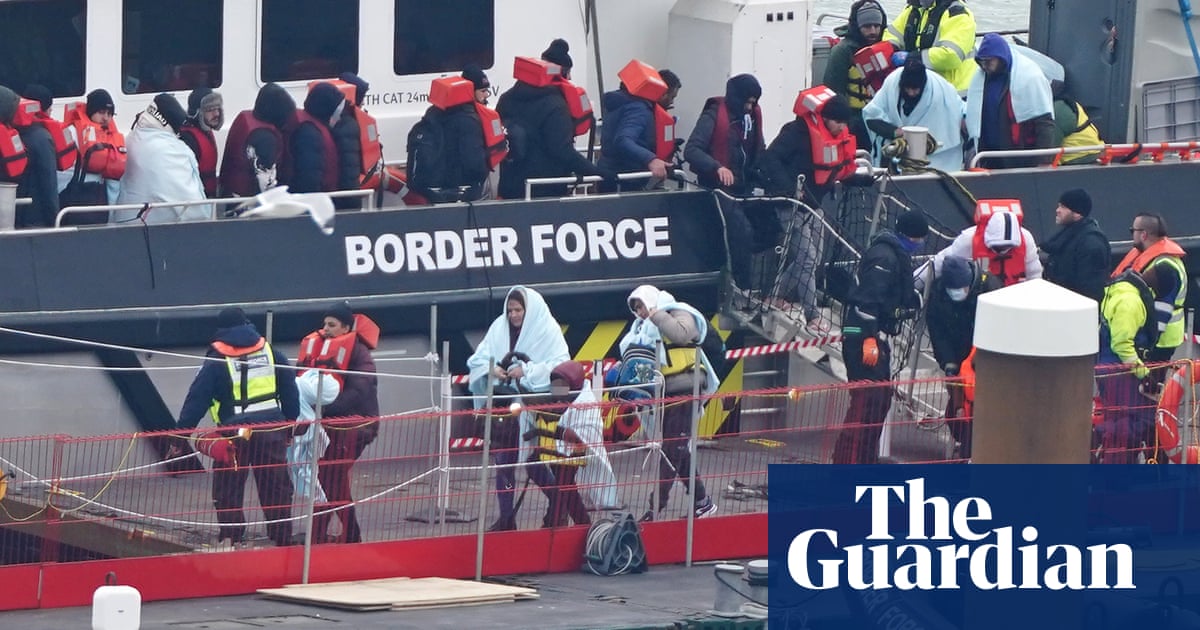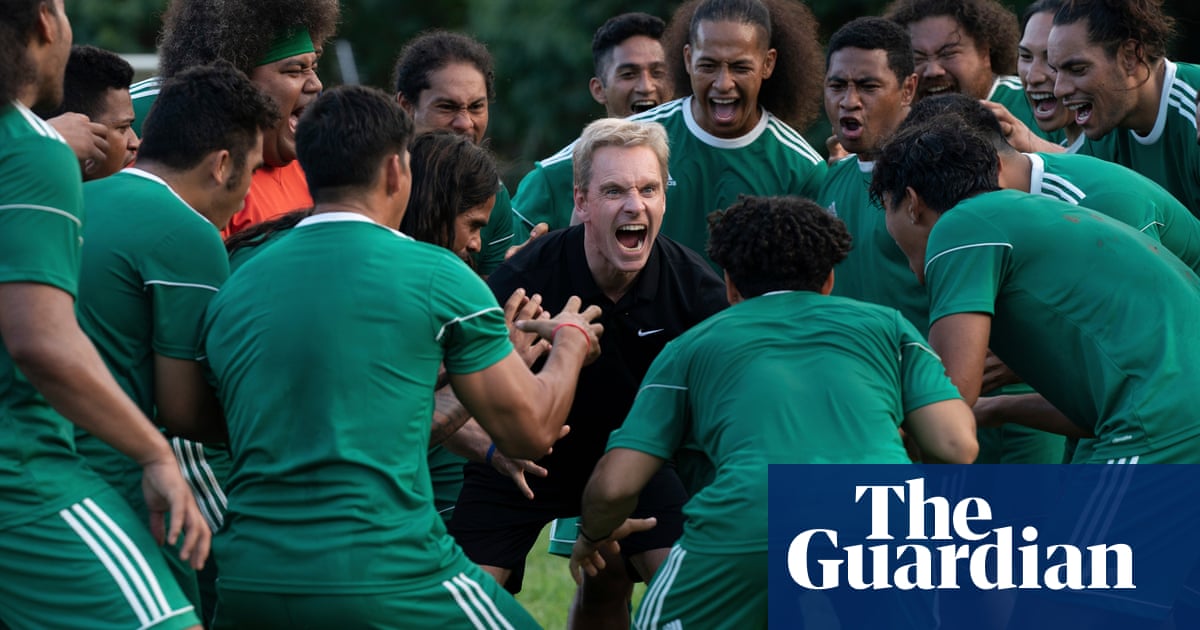
s we’ve all seen, when it comes to American police brutality, the gloves are now off and the masks too. Faced with yet more incontrovertible evidence of brutal and racist policing – both the killing of George Floyd and others, and some forces’ response to the public protests – it has become virtually impossible to maintain the image of American law enforcement officers as straightforward protectors and servers of the people.
Fingers are rightly being pointed at those who have sought to project that image, not least the entertainment industry. It is no secret that movies and TV shows have historically presented American policing in a broadly positive light, by accident or design. Hollywood has done much to promote the good deeds of law enforcement, but in failing to critically assess its failings, they could find themselves complicit in a whitewash. Many a cop show has relied on police cooperation – and the conditions that come with it. Even without that, they do not reflect the reality. Who would watch a cop show where half the violent crimes were never solved – as is statistically the case in real life? We prefer dogged action heroes, ingenious sleuths and rule-bending mavericks – usually white and male. Even a comedy series like Brooklyn Nine-Nine, with its harmonious, multicultural police department and casebook of charmingly petty crimes, does its bit to cast American policing in a favourable light.
When it comes to issues of racism within police forces specifically, the picture is equally distorted. The entertainment industry has generally followed the official line: blithe ignorance and denial giving way to grudging admission of a problem, but only as far as the “bad apple” theory. And while it is safe to say the majority of law-enforcement personnel are not racist, the existence of institutional racism is repeatedly denied. The US attorney general, William Barr, did exactly that last Sunday, firmly stating, “I don’t think that the law enforcement is systemically racist.” On screen as well as off, that position is no longer tenable.
This is a history that started from a very low point, if you consider DW Griffiths’ notorious Birth of a Nation as a cop movie. In the story’s time frame – the post-civil war Reconstruction period – modern policing barely existed. Thus, the nascent Ku Klux Klan are depicted as the valiant vanguard of law and order, galloping in to rescue white folks from the marauding blacks and re-establish good, old white supremacy. This was institutional racism in its most brazen and heroic form, and you could say popular culture has been rowing back from it ever since – albeit slowly.
By the civil rights era, Hollywood was at least going through the motions of acknowledging police racism. We saw it most clearly at the time in Oscar-winner In the Heat of the Night, in which Sydney Poitier’s black Philly cop is plunged into the steam room of Mississippi racism, personified by local chief Rod Steiger. Initially suspecting Poitier of the murder they eventually solve together, Steiger’s journey from gum-chewing southern hick to, er, slightly less racist gum-chewing southern hick was applauded at the time. White audiences could go home feeling like they had been on a similar journey, even if black cinema-goers knew the problem wasn’t that easily fixed.
It’s a dynamic that’s played through many an interracial buddy cop movie since. Either the buddies work through their racial differences and come to some symbolic accommodation, or the partnership is equitable and harmonious from the start, as if to say, “what racism?” Best buddies Mel Gibson and Danny Glover take on evil pro-apartheid South African racists in Lethal Weapon 2, for example, but there’s no hint of racial strife with their Los Angeles police department – the same LAPD that would brutally beat Rodney King with impunity two years later.
Where police racism is addressed in movies or TV shows, it’s often brushed off with the “bad apples” defence. Witness Sam Rockwell’s Oscar-winning turn in 2015’s Three Billboards Outside Ebbing, Missouri. He’s another resentful, racist small-town cop, whose reputation for torturing black suspects is even deployed for comedy: “It’s persons of colour-torturing,” he corrects Frances McDormand when she uses the N-word. Unlike his black victims, Rockwell’s character is treated sympathetically, and ultimately gets a chance to redeem himself.
These currents have taken a peculiar turn in the early 21st century. What, for example, are we to make of a film like Training Day, which gave LAPD corruption a bizarre twist by making the bad apple an African American cop: Denzel Washington. Besides Washington, pretty much every character of colour in the movie is a criminal, while Ethan Hawke’s rookie is the “white saviour” of the piece. Was a corrupt black cop a sign of how post-racial America had become, or a new level of denial?
Washington wasn’t the only one. We’ve also had Samuel L Jackson in 2008’s Lakeview Terrace: a malevolent cop who wages war on the interracial couple next door. The get-out is that Lakeview Terrace is “inspired by a true story” – although some true stories seem easier to get made than others. Then there was the Netflix sci-fi fantasy Bright, which sketched out an LA populated with mythical creatures but plagued by familiar racial tensions. Thus, Will Smith is buddied up with an Orc – a member of the “underclass” race – which puts Smith in the position of the high-handed racist. Such narratives potentially pose interesting questions about race, but they also do plenty to muddy the waters of real-life police racism.
Black film-makers have always had a clearer view of this landscape. Systemic police racism is often so taken for granted in African American cinema it barely needs pointing out. Fifty years ago, when Melvin van Peebles’ character killed two white police officers in the pioneering Sweet Sweetback’s Baadasssss Song, he knew his only option was to go on the run. In last year’s Queen & Slim, a modern-day black couple accidentally kill a white cop and come to exactly the same conclusion. In the present, Black Lives Matter era, we’ve had a string of powerful movies centred on African American victims of racist policing, either present-day or historical: Fruitvale Station, The Hate U Give, Blindspotting, Monsters and Men, If Beale Street Could Talk, the list keeps growing. In most of them, justice against police racism is a fantasy.
Spike Lee has been telling us this for decades, of course. Watching Radio Raheem getting choked to death by the police in Do the Right Thing feels chillingly prescient today but it was not a fantasy in 1989 either (it was inspired by the 1983 killing of the graffiti artist Michael Stewart). Lee prefaced his Malcolm X biopic with footage of the LAPD’s beating of Rodney King. With BlacKkKlansman, though, he took a curiously even-handed approach. The story partners a black and a Jewish cop to infiltrate the 1970s Klan (who still delight in screenings of The Birth of a Nation), but the overlap between the KKK and the police is largely unexplored.
It is no longer just black film-makers who are tackling these issues. Kathryn Bigelow, for example, who gave us the all-white, all-dude, law-enforcement action fantasy of Point Break, was to be found in 2017 restaging the 1967 race riots in Detroit. In horrific detail, her film examines another real-life episode of racist police brutality (that went unpunished). Bigelow was criticised for highlighting black victimhood and passivity as well as ingrained white prejudice, but like many white film-makers, she felt compelled to do what she could. “There is a responsibility the white community needs to take for racism in America,” she acknowledged at the time.
Going significantly further than anything that preceded it, in terms of mainstream entertainment, was HBO’s Watchmen miniseries. Ahead of its release last year, Watchmen was dismissed as an extraneous sequel to Alan Moore’s celebrated sci-fi comic, but Damon Lindelof’s story surprised everyone with its head-on examination of historic American racism. The series begins with a recreation of the 1921 Tulsa race massacre (which many viewers had to Google to check it really happened), and its labyrinthine plot takes in a black police recruit encountering blanket racism in the 1930s, a resurgent white-supremacist movement with ties to law enforcement, a modern-day police chief with Klan regalia hidden in his closet. And just to add extra resonance, everyone is wearing face masks.
This by no means to suggest that white and mainstream film-makers are riding in to save the day, but it’s another sign that the tide is turning. Events of the BLM era have compelled white film-makers to take a look at the stories they tell, and perhaps acknowledge their complicity in the myth-peddling. The tired old screen narratives around issues of police and racism are no longer fit for purpose when measured against the events unfolding in America’s streets and captured on its cellphones. On screen as in life, the reality is no longer possible to deny.












